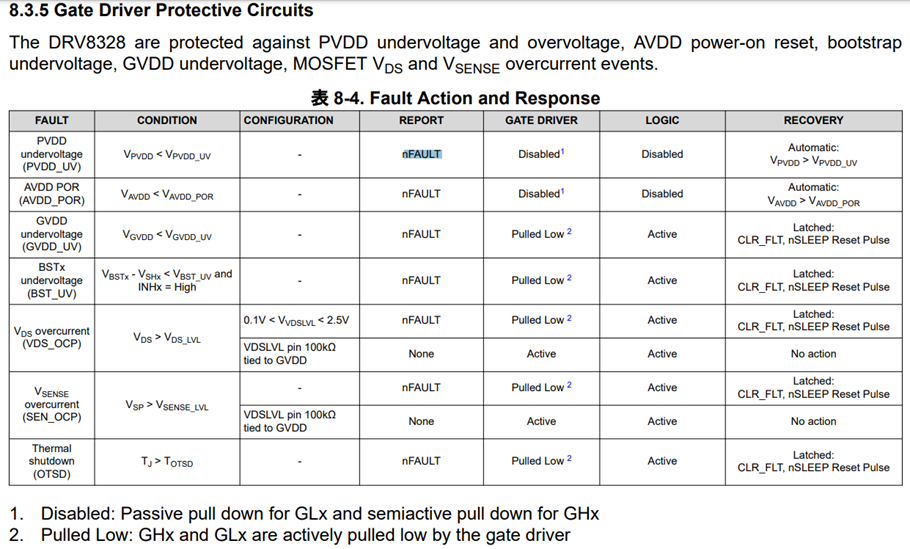Hi team,
my customer want to know the followings, please answer.
1) nFAULT – deglitch time

2) Power consumption calculator
Customer think that the power consumption can change according to the gate capacitance of the external FET. When they design DRV8328, they request us to provide power consumption calculator.
Would it be possible to provide it?



